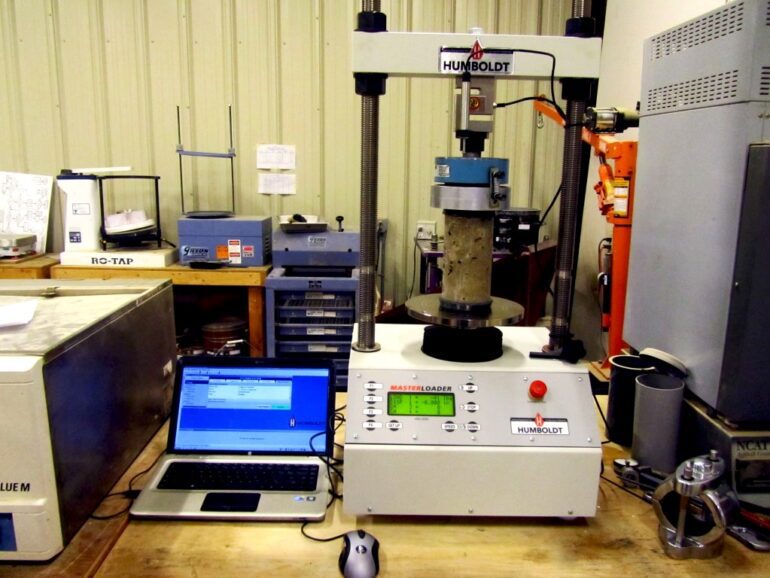TL;DR:
- Researchers have developed a deep learning algorithm called PARC, which drastically reduces the time required for materials testing.
- The algorithm, created by Stephen Baek and Phong Nguyen, enables simulations that previously took days on a supercomputer to be completed in less than a second on a laptop.
- Sponsored by the Air Force Office of Scientific Research and the National Science Foundation, their findings were published in the Science Advances journal.
- The implications of this breakthrough extend beyond materials science, with applications in climate change modeling, disease dynamics, and atmospheric conditions on other planets.
Main AI News:
In a groundbreaking development, researchers have revolutionized the way materials are tested under extreme conditions. Thanks to the ingenious work of Stephen Baek, Phong Nguyen, and their esteemed research team, what used to take days on a supercomputer can now be accomplished in less than a second using a deep learning algorithm. The implications of this breakthrough, known as physics-aware recurrent convolutions (PARC), are far-reaching and extend beyond the realm of materials science.
Sponsored by the Air Force Office of Scientific Research and the Designing Materials to Revolutionize and Engineer our Future program within the National Science Foundation, Baek and Nguyen’s latest findings have been published in the prestigious Science Advances journal. Their collaboration with mechanical engineering professor H.S. Udaykumar and a team of computational mechanics at the University of Iowa has further solidified the significance of their research.
As faculty members in the UVA School of Data Science, Baek and Nguyen firmly believe that the PARC algorithm has profound implications in various fields governed by intricate physical processes. From refining climate change models to understanding the growth dynamics of diseases such as cancer, this breakthrough technology has the potential to unlock a multitude of scientific advancements. Furthermore, it can even contribute to our understanding of atmospheric conditions on other celestial bodies, such as Mars.
With PARC paving the way for swift and accurate simulations, researchers can now delve deeper into the behavior of materials in extreme environments. The ability to gain invaluable insights in a fraction of the time opens new avenues for scientific discovery and innovation. This groundbreaking work marks a significant leap forward, heralding a new era in materials science and beyond.
Conclusion:
The development of the PARC algorithm presents a game-changing opportunity in the market. The ability to conduct rapid simulations of materials under extreme conditions opens doors for accelerated research and innovation. This technology has the potential to drive advancements in various industries, such as aerospace, automotive, and pharmaceuticals, by enabling faster and more accurate analysis of complex physical processes. Companies investing in and harnessing the power of deep learning algorithms like PARC will gain a significant competitive advantage in their respective markets.

